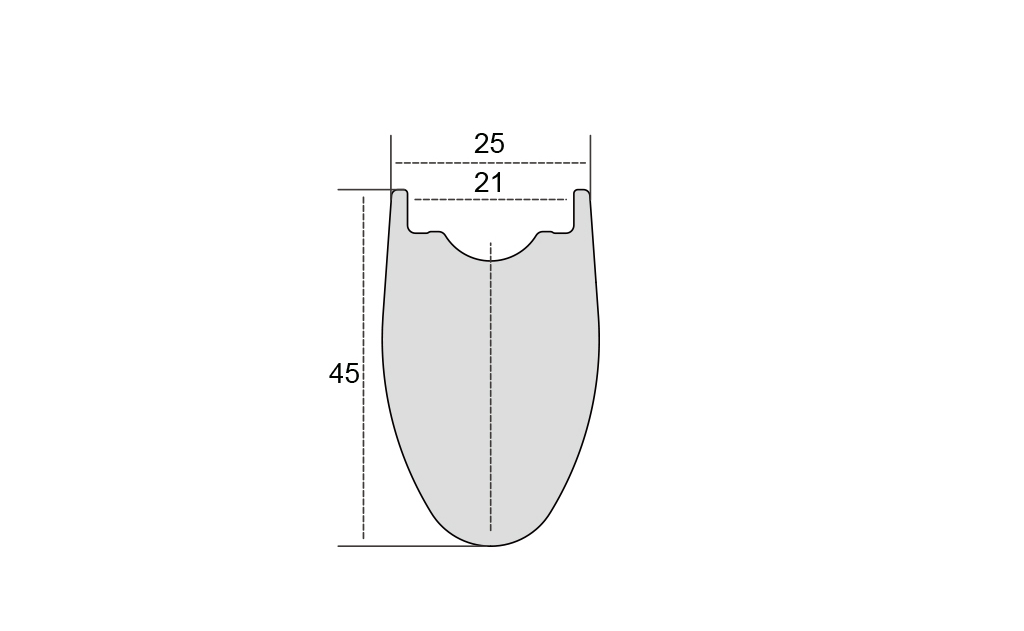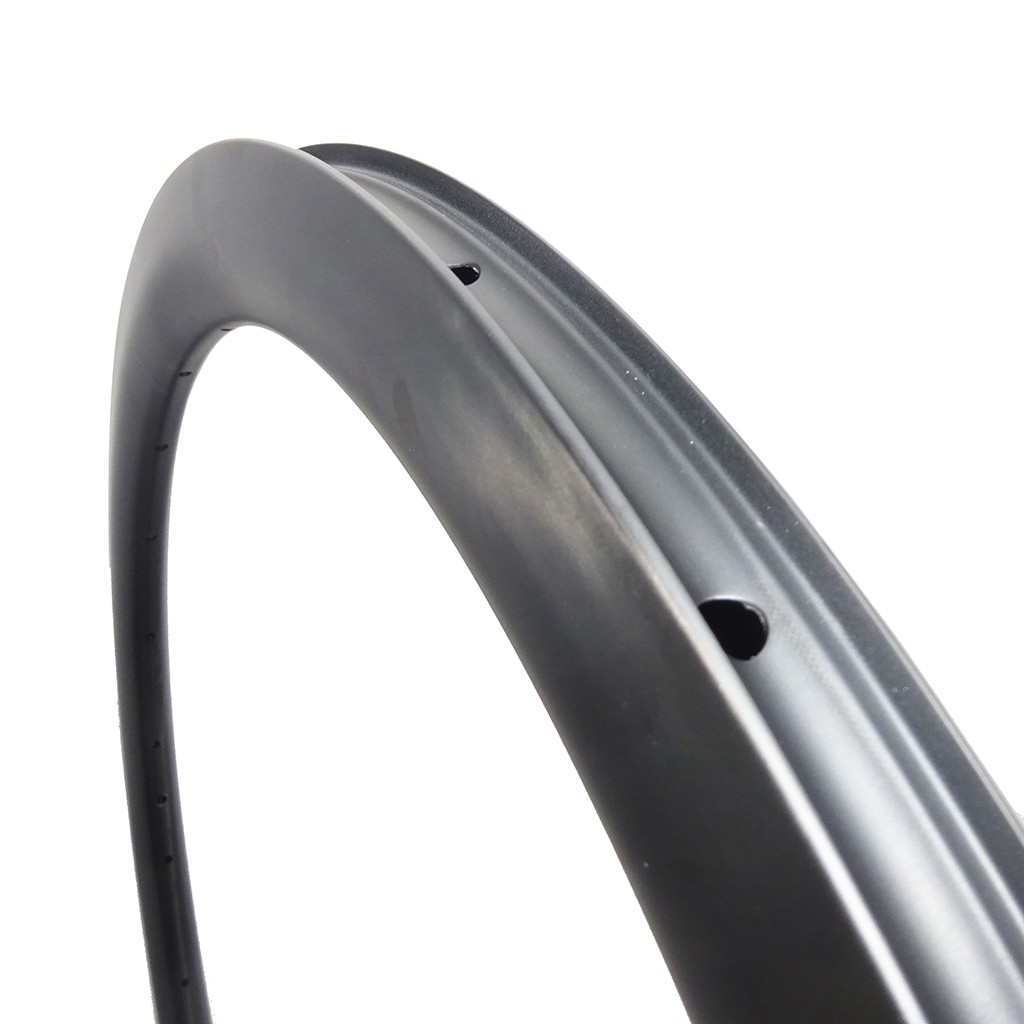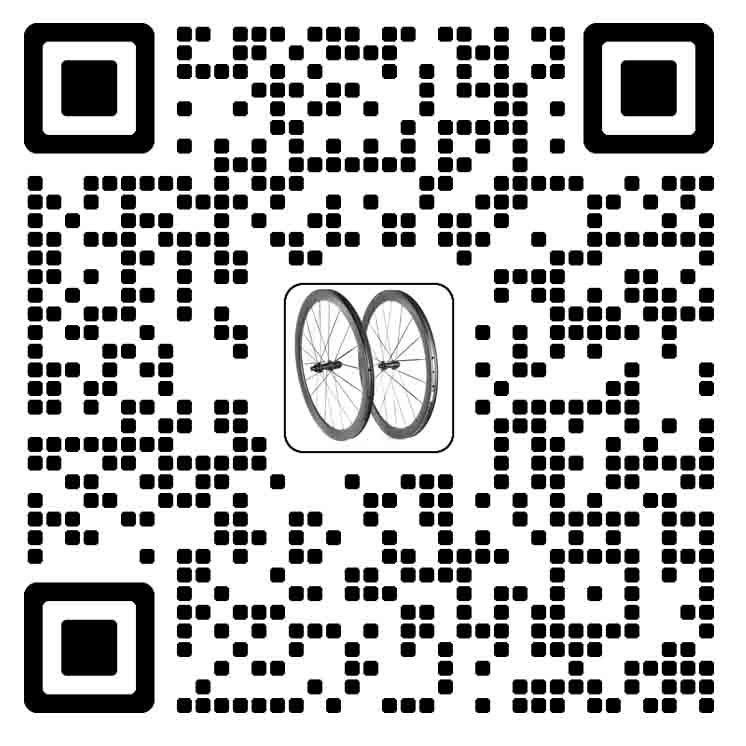Model: TRU45SH
Rim weight: 385g+/-15gr
Rim out wide: 25mm
Rim inner wide: 21mm
Rim depth: 45mm
Product can be used on road / CX bike wheels
Item No.: TRU45SH
Size: 700C
Material: Full Carbon Toray T700 & T800
Type: Clincher (Tubeless Ready) hookless
Weight: Standard 415±15g, Flyweight 385±15g
ERD: 550mm
Inner Width: 21mm
Outer Width: 28mm
Depth: 45mm
Holes: 18-32H
Brake System: Disc brake only
Max Spoke Tension: 140kgf
Max Tire Pressure: 50psi
Max Weight Limit: 90kg
Braking System: Disc Brake
Applicable Bicycle: Road/CX/Gravel
Appearance: UD/3K/12K
Finishing: Matte/Glossy
Standard: En Standard
Assembly Hole Dia: 8.5mm
Spoke Hole Dia: 4.5mm
Valve Hole Dia: 6.5mm
Roundess:<0.3mm


What’s the deal with hookless rims? Why road tubeless standards are a mess and how they're slowly getting fixed
Hookless rims have a number of claimed advantages that we’ll get into in more detail below.
A hookless rim is simply one with a profile that lacks bead hooks, the protruding edges that help retain conventional clincher tyres under pressure.
Instead, a hookless rim has straight, vertical sides, and indeed in wheel maker circles the technology is often referred to as “tubeless straight side” or TSS (not to be confused with “Training Stress Score”, a performance metric developed by TrainingPeaks).
Hookless rims have been around for mountain bikes for years, but in the road world, where tyre pressures are typically much higher, they’re relatively new.
Hookless rims are usually tubeless-only, i.e. you must run a tubeless-specific tyre, which will have a stiffer bead than a conventional tubed clincher.
It is possible to run a tube (e.g. in the event of a puncture that sealant won’t fix) but only in that same tyre – it’s not usually considered safe to swap to a standard clincher tyre.
On the face of it, you might assume a hookless rim is less safe than a hooked one, but the reality appears to be much more nuanced.
The safety of a rim–tyre interface is heavily dependent on the tolerances of the two components and proponents of hookless claim it’s perfectly safe (or indeed safer than hooked) and offers real performance benefits.
Contact: Silver Xia
Phone: +8618020204229
E-mail: sale09@serenadebikes.com
Whatsapp:+8618020204229
Add: Jinyang dong Rd 1055, Magnate Light capital gatehall 5A- 4F-766, 215300 Kunshan China
We chat
